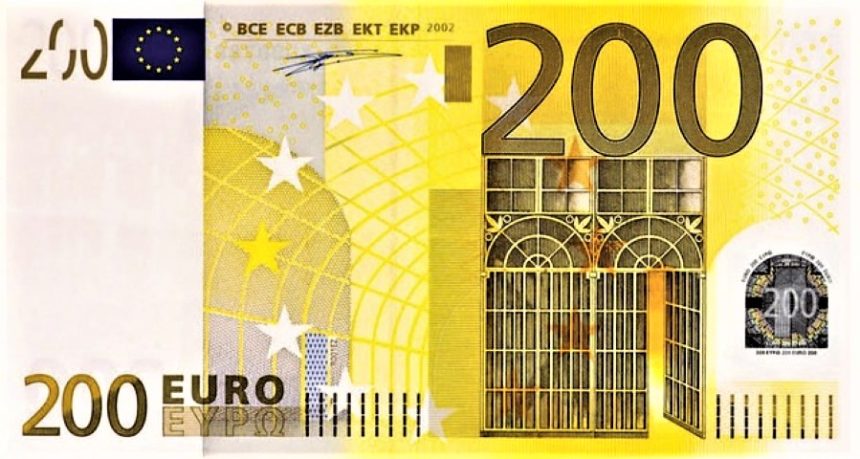Fed Rate Cut Hopes and Trade Tensions Drive the Market.
EURUSD currency pair is rising as traders expect the US Federal Reserve (Fed) to cut interest rates in June. This optimism is pushing the Euro higher and weighing on the US Dollar (USD). At the same time, trade tensions between the US and China are heating up again, creating more uncertainty in global markets.
As of Tuesday’s North American session, EUR/USD is trading near 1.0950 and aiming to reach the psychological level of 1.1000.
Why Is the US Dollar Falling?
The US Dollar has been under pressure recently. The US Dollar Index (DXY), which measures the Dollar’s strength against major currencies, has dropped to around 103.00. This decline is largely due to rising bets that the Fed will cut interest rates in June.
These expectations are based on several factors:
Rising trade tensions
Slowing global growth
Possibility of a mild recession
As a result, traders believe the Fed will act soon to support the economy by lowering borrowing costs.
Trump’s Tariff Threats Stir the Market
Adding fuel to the fire, US President Donald Trump announced a new round of tariffs targeting Chinese imports. He first imposed a 10% universal tariff last week. But things escalated when China responded with a 34% retaliatory tariff on US goods.
In response, Trump threatened an even stronger move — a 50% import duty on China if Beijing does not back down.
This has created fear in the financial markets. Investors worry that:
A trade war could slow down global growth
Businesses might face higher costs
Consumers could see rising prices
These concerns are pushing traders to seek safer investments and raising expectations for a Fed rate cut.
China Hits Back: “Mistake on Top of a Mistake”
China did not stay quiet. A spokesperson from the Chinese Ministry of Commerce warned that Trump’s new threats are a “mistake on top of a mistake.” China has vowed to “fight to the end” to protect its interests.
This strong response shows that tensions are not going away anytime soon. Markets fear that a long, drawn-out trade conflict could have a deep economic impact, not only in the US and China but globally.
Eurozone’s Reaction: Waiting for a Plan
Meanwhile, the Eurozone is trying to decide how to respond to the situation. Finance ministers from all Euro-area countries are meeting on Friday in Warsaw. They plan to discuss what steps to take if Trump’s tariffs hit the region.
Poland’s Finance Minister, Andrzej Domański, warned that new tariffs could:
Disrupt supply chains
Raise business costs
Lower economic growth in Europe
He also warned of social consequences, like job losses and price increases, which could make life harder for ordinary citizens.
EU Offers a Solution: Zero-for-Zero Tariffs
In a positive move, EU Trade Commissioner Maroš Šefčovič said the European Union has offered the US a “zero-for-zero” tariff deal — meaning no tariffs on cars and industrial goods from either side.
Investors took this as a hopeful sign. A cooperative deal between the US and EU could prevent a major trade war and support the Euro.
But the situation remains uncertain. It’s still unclear whether the US will accept this deal or continue its aggressive trade policy.
ECB Dovish Tone Adds Pressure on EURUSD
While the Euro gaining against the Dollar, it’s not all good news. Several officials from the European Central Bank (ECB) have recently spoken in favor of interest rate cuts, which could weaken the Euro.
Key voices include:
Piero Cipollone (Italy)
François Villeroy de Galhau (France)
Yannis Stournaras (Greece)
Stournaras said last week that US tariffs will not stop an April rate cut because inflation in the Eurozone is still on track. However, he did admit that tariffs might hurt Eurozone GDP by 0.3% to 0.4% in the first year.
He also commented that the ECB needs to be less restrictive in 2025, but warned that if inflation picks up, policy normalization could be delayed.
What’s Next: Key Data Ahead
Looking forward, traders are watching closely for new data that could impact interest rate decisions.
This week, the US will release two important reports:
Consumer Price Index (CPI) – on Thursday
Producer Price Index (PPI) – on Friday
These numbers will give insight into inflation trends. If inflation remains under control, it could strengthen the case for a Fed rate cut in June.
Summary: EURUSD Rises on Fed Bets and Trade Worries
EURUSD is rising, thanks to a weaker US Dollar and rising expectations of a Fed rate cut in June.
Trump’s tariff threats on China have sparked fears of a trade war and possible recession.
China has responded strongly, saying it will defend itself.
Eurozone leaders are preparing for potential fallout from the trade conflict.
The ECB’s dovish tone is adding mixed pressure on the Euro.
Upcoming US inflation data could provide more clues on the Fed’s next move.
For now, the market mood is cautious, and EURUSD may continue to climb if the Fed remains dovish and the Dollar stays under pressure.
[faq-schema id=”39338″]









